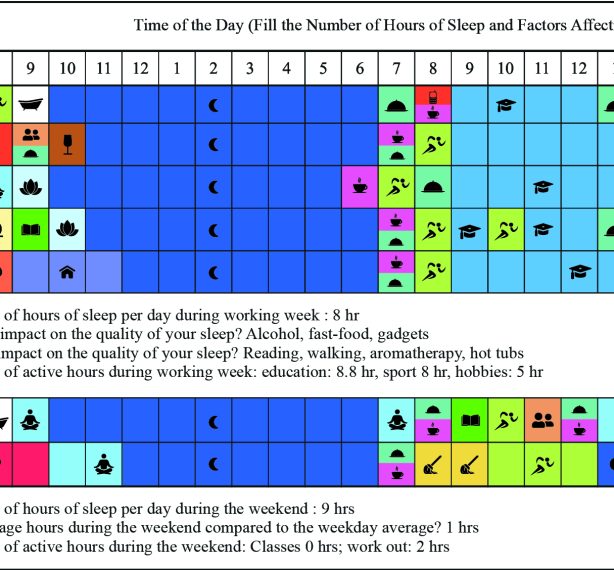
A chronotype is your biological code of activity and rest.
It is genetically determined, governing when your body prefers to rest and be most active.
Of course, we cannot change genetics, but we can learn more about it to better understand our bodies, their peaks of activity, and how to build better relationships with them.
Evolutionarily, as a species, humans had to adapt to survival, so some people were active during daylight hours while others were more active at night. This ensured protection against attacks by predators or other dangers. Thanks to such diversity in peak activity, humans, as a species, were able to survive and adapt to the surrounding world. The dangers have disappeared, but the legacy of the genetic code of the chronotype has been preserved.
Conventionally, all people can be divided into three types:
- Early types are people who enjoy waking up in the morning, and their most active hours come in the morning and at lunch.
- Intermediate type, who can slightly shift their internal clocks and easily adapt to new conditions. They can wake up early in the morning or later.
- Late or nocturnal type. These are people who feel an energy surge in the evening and have difficulty falling asleep in the morning.
There are a huge number of chronotype classifications. But the most well-known and simple one divides everyone into larks (early type), pigeons (intermediate type), and owls (nocturnal type). This simplest classification is the most popular and easily helps determine which type you are.
The latest scientific research tells us that the most common are early and mixed types of people (about 80%), while true owls make up only 20%. Therefore, general recommendations based on statistical norms suggest sleeping eight hours and going to bed before 11 pm for optimal recovery.
However, it should be noted that this is a general recommendation, which originates from building statistical models and does not take into account the nuances of night people as well as the individual characteristics of each organism. And if, on average, it is recommended to sleep for about 8 hours, but you need, for example, 10 hours for a good energy level, it is always better to follow your chronotype than to rely on general rules.
Additionally, there is another complexity: many people more often mistakenly identify as nocturnal types due to the modern world offering a wide variety of artificial light (electricity), gadgets, numerous stimulants like tobacco and alcohol, nightlife, and so on.
To determine your chronotype, keep a 10-14 day lifestyle diary recording your daily activities, sleep amounts, and energy levels for the following day. Very typically, it can be found that during the working week, due to an improperly selected regime, chronic sleep deprivation accumulates, which is compensated for on weekends. This is the first sign that you need to adjust the regime during the week.
In the regime of chronic sleep deprivation, the body ages much faster, as all the main detoxification processes at the cellular level occur precisely at night.
And the well-known phrase that “I have no time to sleep” is the greatest evil of modern propaganda that can be imagined.
If you choose the right nighttime recovery regime, then miraculously long-awaited changes in well-being and health can happen:
- Memory and intellectual abilities improve.
- Hormonal balance and metabolism normalize.
- Appetite and weight return to normal.
- Fertility increases (ability to conceive and carry healthy offspring).
- Good muscle mass appears.
- Energy levels increase.
It should also be noted that the body needs varying recovery times across different life stages. With age, the number of hours of nighttime rest increases, and the quality of sleep deteriorates.
Therefore, proper sleep hygiene is essential for maintaining beauty and health in the long term. This daily practice, available to all, is perhaps more important than nutrition and physical activity.
To improve sleep quality, it is necessary to note in the diary the factors that affect its quality. And try to minimize those that have a negative impact. Another key point is that while the chronotype, being genetically imprinted, doesn’t change lifelong, it can be adjusted and adapted to social life through medication and physiological means. For example, strategies affecting the perception of day and night, as well as biological supplements. The strategy is best selected under the supervision of specialists to be correct and have the maximum effect.
In addition, the region in which you live, the season, and the climate have a significant impact on the chronotype. So many travelers face the problem of jet lag (or time zone shifts) when moving to a new place. The body usually takes several days to several weeks to adapt to the new conditions.



